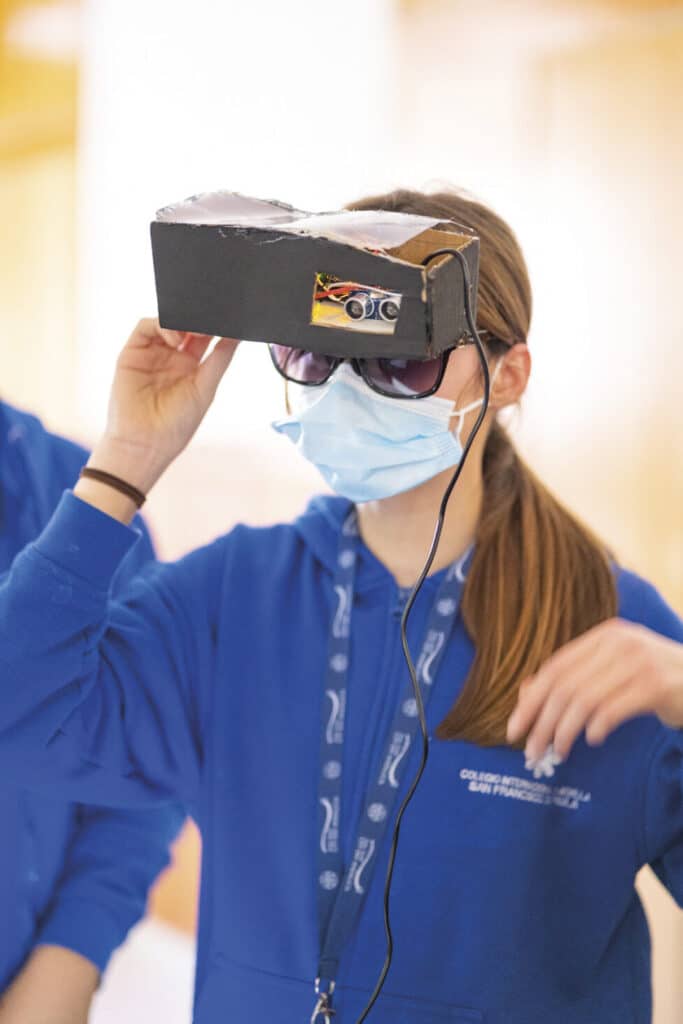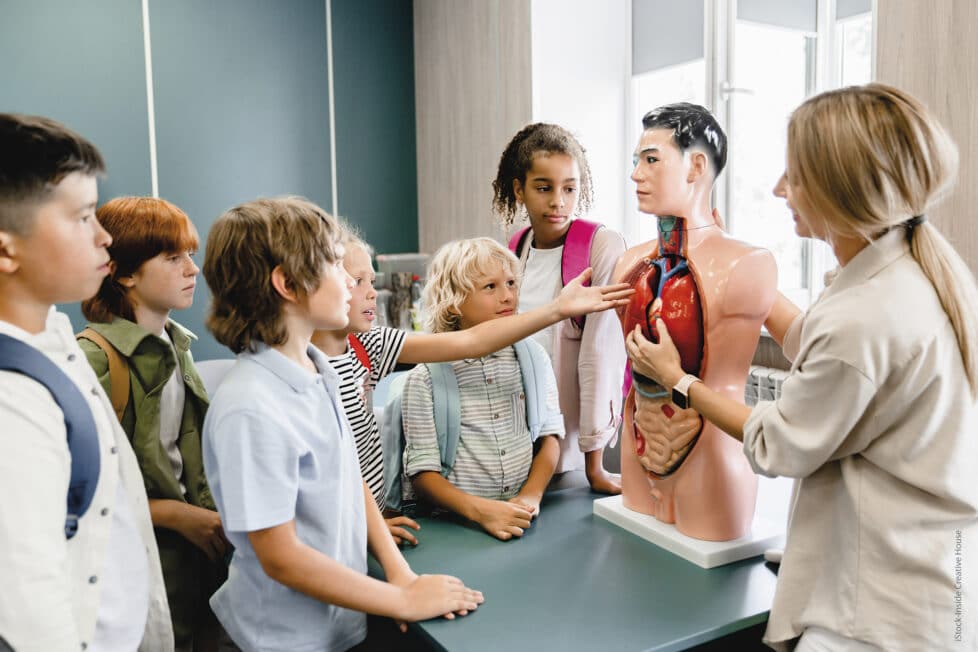It is possible that the students of the end of this first quarter of the century and the following generations stop memorizing knowledge about Mathematics, Natural Sciences or Geography and History. It may also be that the traditional division by subjects and compartmentalized subjects, and with rigid timetables, is left behind. The current trend is to educate by competencies. A large part of the teachers, students and families claim this and, in fact, the new educational law, the LOMLOE (Organic Law of Modification of the LOE), proposes to educate by competences (in linguistic communication, learning to learn, citizenship or digital , among others) so that students have the ability to perform any task applying the knowledge acquired during their compulsory school stage. The LOMLOE brings with it a profound reform of the curriculum, which changes the way of carrying out the teaching and learning process (on what, for what and how it is taught) and, therefore, also the role of teachers, as well as how evaluation should be carried out.
On the cover: Educate by competencies. Nº 46 magazine EDUCATION 3.0 printed
key competencies
It must be taken into account that the LOMLOE does not introduce radical changes with respect to previous educational laws. Learning by competencies was included in the Organic Law of Education (LOE), of 2006, and was maintained in the subsequent reform of 2013 (LOMCE). However, in these two regulations there were still some gaps, such as changing the way of evaluating students. It is also a trend that different countries around the world are following in recent years: from Europe, to Asia, passing through Latin America. Let us now see each of the eight fundamental competencies that students must develop, according to these principles:
1. Linguistic communication. Identify, express, create, understand and interpret feelings, facts or opinions orally and in writing, in different media, in different contexts and for different purposes.
2. Multilingual. Use different languages, appropriately, for learning and communication.
3. Mathematics, and in Science, Technology and Engineering (STEM). Understand the environment using the scientific method, critical thinking or technology, among other systems, to transform it in a responsible and sustained way.
4.Digital. Make a safe, critical and responsible use of ICT in the educational, labor and social fields.

Infant and Primary School San Juan Bautista, San Juan del Puerto, Huelva
5. Personal, social and learning to learn. Reflect on oneself, manage time and information effectively, cooperate with other people, maintain resilience and the ability to learn throughout life.
6. Citizen. Act as responsible citizens and actively participate in society, as well as promote global citizenship and maintain a commitment to sustainability.
7. Entrepreneur. Have creativity and initiative to move from ideas to action.
8. Cultural awareness and expression. Maintain a respectful attitude to understand the different cultural and artistic manifestations that exist. How can the educational system evolve with these changes? Although for the experts there is still a lot of work to be done in Education and it is necessary that many people join in the improvement and development of education.
Educate by competencies: good practices
In addition to knowing different materials and solutions that promote learning by competences, you will also learn about the practical experiences of the Infant and Primary School Saint John Baptist (San Juan del Puerto, Huelva) and the International School of Seville San Francisco de Paula (Seville).

International School of Seville San Francisco de Paula, Seville
This article is made up of a few excerpts from the extensive report ‘Educating by competencies: contextualized teaching and learning’ published in number 46 (May-July) of the printed EDUCATION 3.0 magazine.

